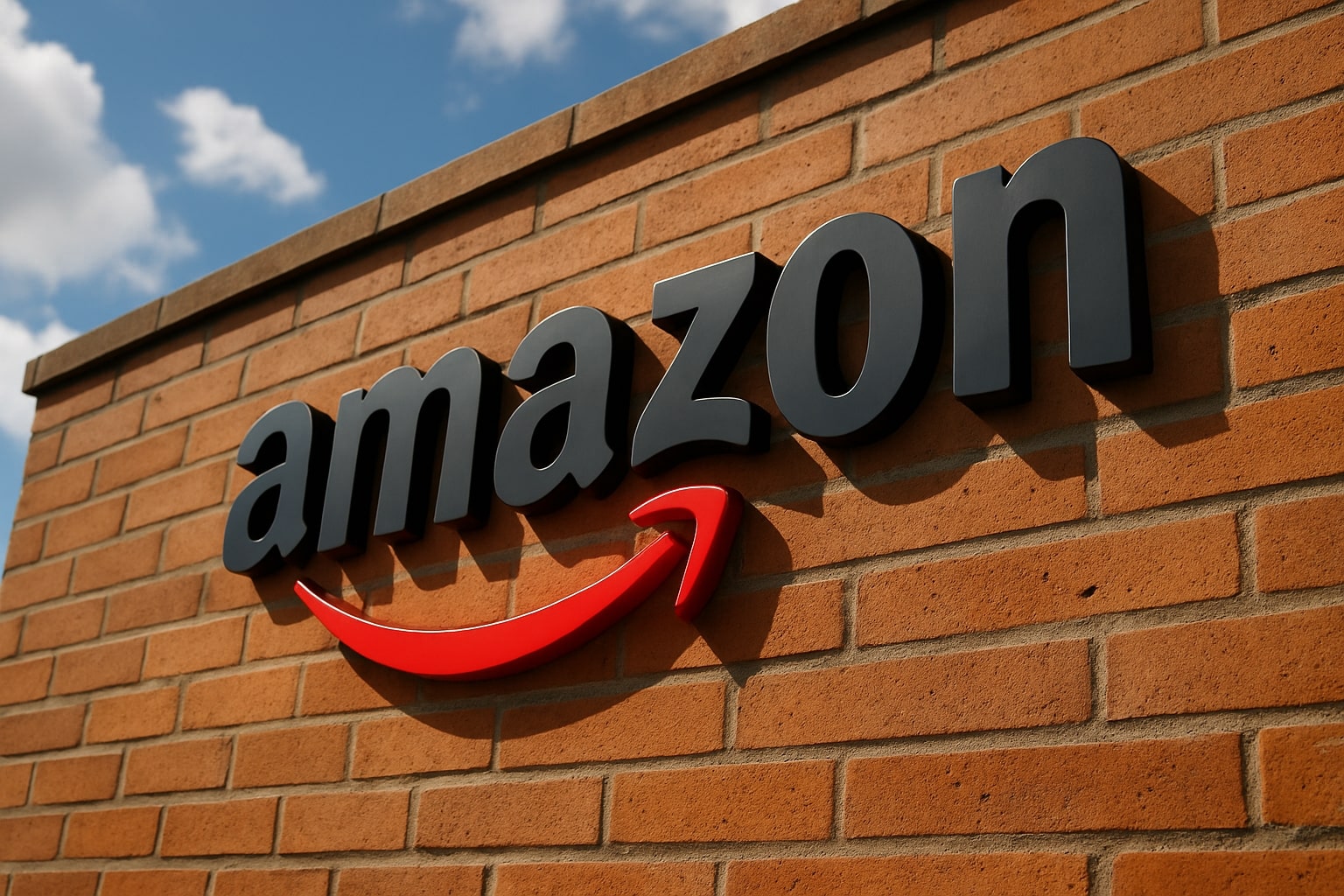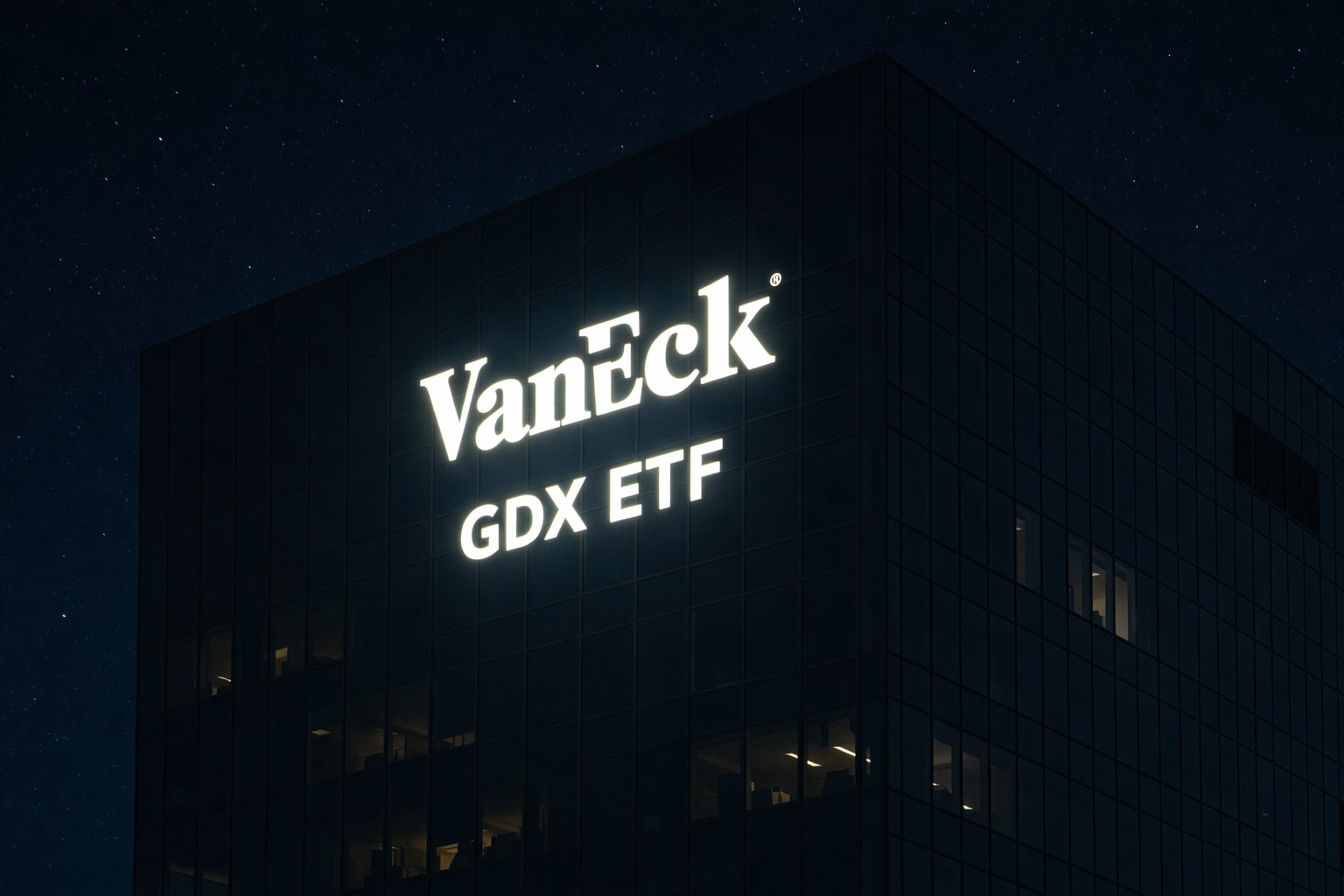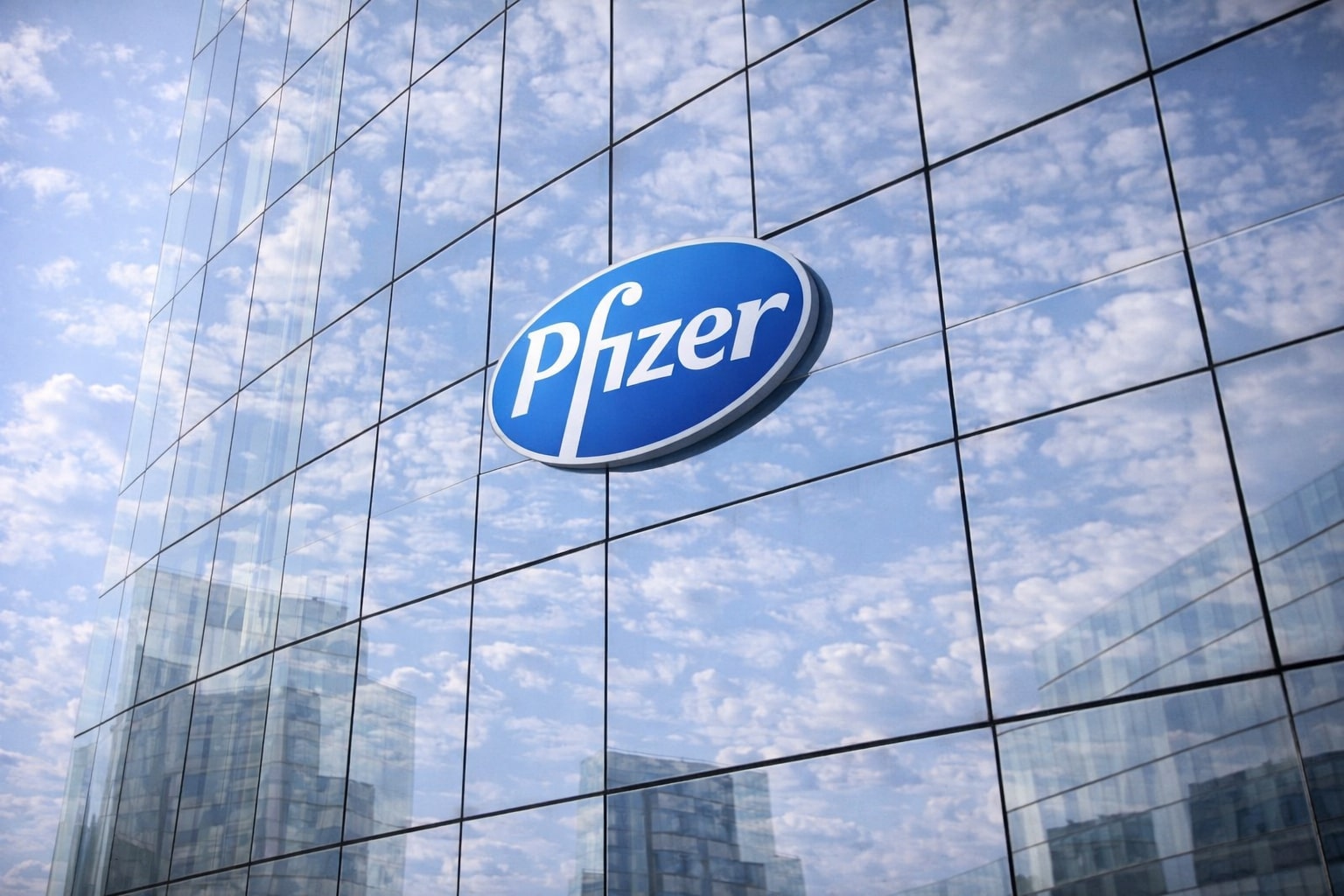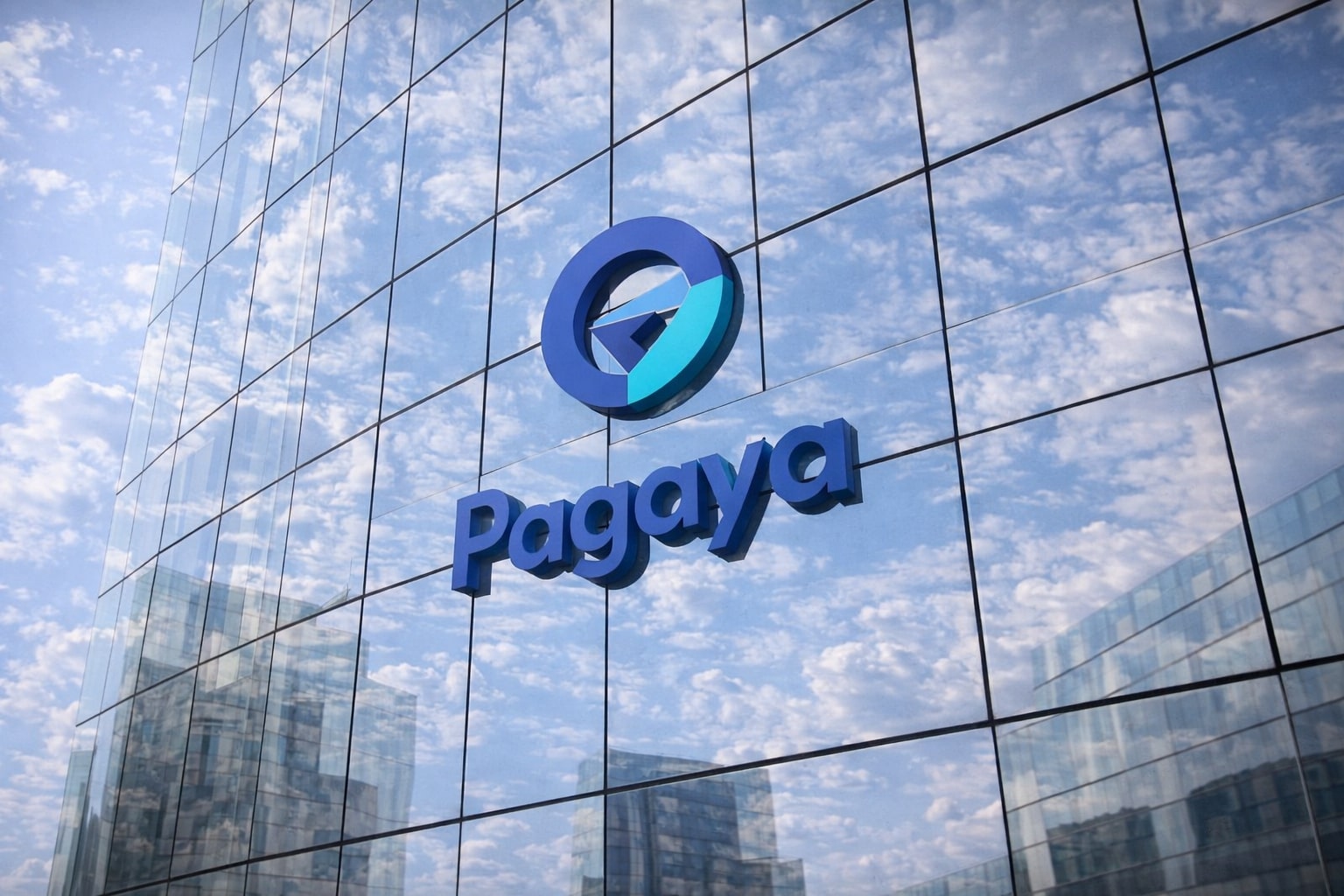
Amazon Stock Price Forecast - Climbs on AWS Strength and Anthropic AI Partnership
With $167.7B Q2 sales, $18.2B net income, and $118B capex plan, Amazon bets on AI, cloud, and Kuiper satellites while hedge funds add billions in positions | That's TradingNEWS
Amazon (NASDAQ:AMZN) Stock Analysis – AI, Cloud Expansion, and Margin Growth
NASDAQ:AMZN Riding AI and Cloud Momentum
Amazon (NASDAQ:AMZN) is trading at $235.67, near its 52-week high of $242.52, giving it a market capitalization of $2.48 trillion. The company continues to outperform broader retail peers, but its valuation story now rests firmly on the strength of Amazon Web Services (AWS), its advertising unit, and its expanding AI footprint. In Q2 2025, net sales rose 13% year-over-year to $167.7 billion, while net income surged 35% to $18.2 billion, or $1.68 per diluted share. That’s up from $13.5 billion, or $1.26 a year ago. While revenue growth is moderate compared to Microsoft or Alphabet, Amazon’s operating leverage has accelerated, with AWS and ads accounting for more than 60% of operating profit despite only contributing 30% of total sales.
AWS and the Anthropic Partnership
The company’s biggest near-term growth lever is its AWS segment. AWS revenue rose 17% year-over-year in Q2, reaching a $123 billion run rate, though lagging Microsoft Azure’s 34% and Google Cloud’s 32% growth. Amazon is now betting heavily on Anthropic as a long-term anchor customer. With a $183 billion valuation following its $13 billion raise, Anthropic is expected to train its Claude 5 model on AWS’s custom Trainium chips across three new campuses totaling 1.3 gigawatts of capacity. This buildout, which could include nearly one million Trainium2 chips, is designed to secure AWS as a primary platform for enterprise AI workloads. If Anthropic scales inference revenues as projected, AWS growth could accelerate into the 20%+ range by late 2025. For investors, this shift could re-rate AMZN’s multiple as markets start pricing in AWS’s regained leadership in the hyperscaler race.
Capital Expenditure and Free Cash Flow Pressure
Amazon’s capex is projected at $118 billion for FY25, up 10% from prior estimates, as it doubles down on cloud and satellite infrastructure. Depreciation linked to these investments has pressured trailing twelve-month free cash flow, which fell to $18.2 billion from $53 billion a year earlier. However, management argues that new data center capacity, robotics deployment, and custom silicon will lower costs-to-serve and stabilize free cash flow by mid-2026. AWS remains the cushion, with gross margins significantly higher than the retail unit, but North America and International Stores still represent 82% of revenues. Those segments grew 11% and 16% YoY, respectively, but are vulnerable to tariffs, inflation, and weakening consumer sentiment. US holiday spending is forecast to see its sharpest decline since the pandemic, raising the risk of pressure on Amazon’s commerce margins.
Satellite Ambitions and Kuiper’s Commercialization
Another overlooked driver is Amazon’s Kuiper project. The company has already deployed 102 satellites into low Earth orbit, with plans to expand the constellation to 450 by the end of 2025. Its first major commercial deal—providing in-flight Wi-Fi for JetBlue starting in 2027—signifies progress in monetizing satellite capacity. If Kuiper can scale, it offers Amazon a unique revenue stream adjacent to AWS, with synergies for global cloud connectivity. For now, it remains an expensive long-term bet, but its success could materially change the valuation narrative for AMZN in the late 2020s.
Advertising: The Quiet Profit Engine
While AWS captures the spotlight, Amazon’s advertising services have quietly become a profit machine. Ad revenues continue to grow at double-digit rates, fueled by Prime’s ecosystem and Amazon’s dominance in retail search. With over 300 million active customer accounts globally, Amazon’s ability to monetize buyer intent makes ads one of its highest-margin businesses. This segment, coupled with AWS, explains why Amazon’s operating income rose 31% year-over-year despite slower topline expansion. Investors should watch for continued ad growth as consumer brands allocate more of their budgets to Amazon versus traditional channels like Google and Meta.
Read More
-
GDX ETF at $88 While Gold Tests $4,400: Are Gold Miners Poised for $100?
19.12.2025 · TradingNEWS ArchiveStocks
-
XRP ETF Boom: XRPI at $10.94 and XRPR at $15.49 as XRP-USD Clings to the $1.80–$1.90 Zone
19.12.2025 · TradingNEWS ArchiveCrypto
-
Natural Gas Price Forecast: NG=F Hovering Near $3.92 As Weather, LNG And Storage Collide
19.12.2025 · TradingNEWS ArchiveCommodities
-
USD/JPY Price Forecast - Dollar to Yen Near 157 as BoJ’s 0.75% Rate Hike Backfires on the Yen
19.12.2025 · TradingNEWS ArchiveForex
Insider Transactions and Institutional Flows
Institutional money continues to rotate into AMZN. Bill Ackman’s Pershing Square disclosed a $1.28 billion position in Q2, making it 9.3% of his portfolio, while Tiger Global lifted its stake by 62%. Hedge funds are positioning for sustained margin expansion. Insider transaction data on Amazon’s stock profile shows modest selling, primarily linked to equity compensation, but no large-scale insider exits, suggesting confidence in the company’s trajectory. Analysts have also raised targets aggressively: Truist calls for $250, Barclays sees $275, while Cantor Fitzgerald set a high bar at $280, citing AWS acceleration and Kuiper’s optionality. Consensus puts upside between 10–20% over the next 12 months.
Valuation and Forward Outlook
Amazon trades at a forward P/E of 31.8, pricing in 2025 EPS of $6.73. By FY27, consensus sees EPS at $9.20, equivalent to $7.45 when discounted at 8%. Applying a forward P/E of 36, aligned with peers, produces a price target of $268—16% above current levels. The valuation case hinges on AWS re-accelerating, Anthropic becoming a true anchor client, and consumer headwinds proving transitory. If AWS growth stalls and retail weakens further, the stock risks compression back toward $210–220. But with macro policy tilting toward Fed easing and AI workloads scaling faster than expected, the balance of probabilities favors multiple expansion.


















